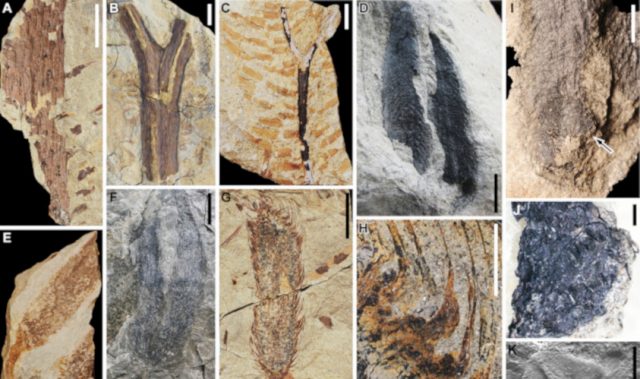
AsianScientist (Sep. 18, 2015) – Researchers have established a transgenic pig model to study amyotrophic lateral sclerosis (ALS), providing an avenue to investigate the neuropathology of ALS in a deeper manner. Their work has been published in the journal Molecular Neurodegeneration.
ALS is characterized by progressive degeneration of large motor neurons in the spinal cord and cerebral cortex, which results difficulty in speaking, swallowing, and eventually breathing. ALS can be caused by genetic mutations in the genes encoding TAR DNA-binding protein 43 (TDP-43), the Cu-Zn superoxide dismutase (SOD1), and the RNA/DNA-binding protein fused in sarcoma (FUS).
Mutant TDP-43 is a nuclear protein but can accumulate in the cytoplasmic region of the neuronal cells in ALS patient brain. However, this typical pathological change is hardly seen in transgenic mouse models that express mutant TDP-43.
Two scientists at Chinese Academy of Sciences, Dr. Li Xiaojiang at Institute of Genetics and Developmental Biology (IGDB) and Dr. Lai Liangxue at Guangzhou Institute of Biomedicine and Health, have been collaborating to establish transgenic pig models of neurodegenerative diseases. Their previous work generated transgenic pig models for Huntington disease and SOD-1-mediated ALS.
In they present study, they established transgenic pigs that express mutant TDP-43 to model ALS. This new transgenic ALS pig model shows the cytoplasmic accumulation of mutant TDP-43 in a way similar to that in ALS patient brains. Furthermore, their studies show that the aberrant cytoplasmic accumulation of mutant TDP-43 can lead to the mislocalization of RNA splicing factors and reduced expression of genes for neuronal function.
Since transgenic ALS mouse models do not mimic the cytoplasmic accumulation of mutant TDP-43, the findings from Li and Lai’s groups indicate that the species differences can determine the nature of neuropathology and underscore the importance in utilizing large mammalian models to investigate the pathogenesis of neurodegenerative diseases.
The article can be found at: Wang et al. (2015) Cytoplasmic Mislocalization of RNA Splicing Factors and Aberrant Neuronal Gene Splicing in TDP-43 Transgenic Pig Brain.
———
Source: Chinese Academy of Sciences.
Disclaimer: This article does not necessarily reflect the views of AsianScientist or its staff.












